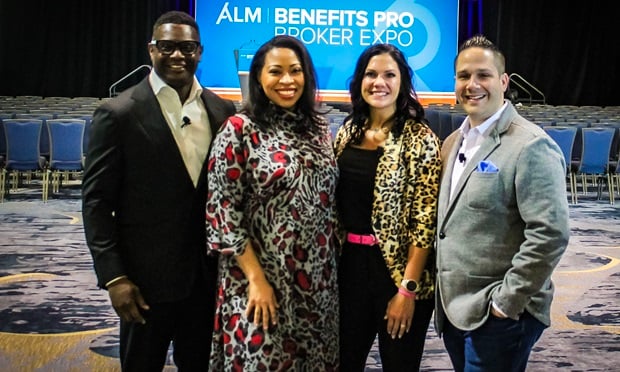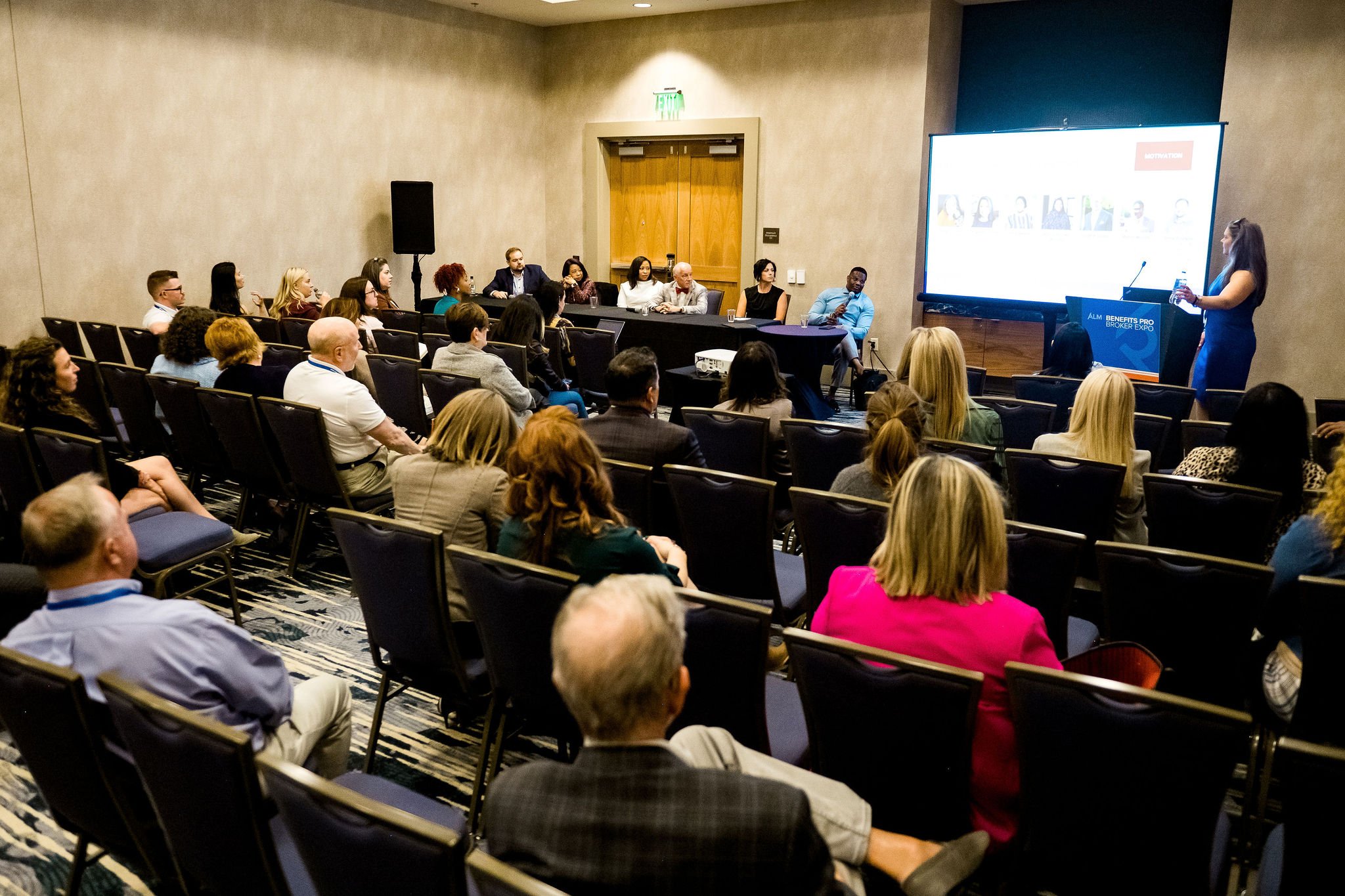 Followinginfinite thinking, we build long-term customer relationshipsbetween our organizations and our employer clients. (Image:Shutterstock)
Followinginfinite thinking, we build long-term customer relationshipsbetween our organizations and our employer clients. (Image:Shutterstock)
Author Simon Sinek is famous for his "start with why" concept,expressed in a best-selling book and a well-known TED Talk. Sinek'smost recent book, The Infinite Game, takes his thinking into anew dimension. Here, he is recommending a successful approach tobusiness management.
|In The Infinite Game, Sinek asks the reader to consider whybusinesses succeed or fail, why some last a long time while otherswither away, and why some are loved by customers while others aremerely tolerated. His conclusion is that too many companies failbecause they follow "finite thinking."
| Marty Traynor is anOmaha-based consultant in the benefits field.
Marty Traynor is anOmaha-based consultant in the benefits field.
Related: How to become the "go-to" agent or advisor (and nota pariah)
|Under finite thinking, business is managed by striving to meetshort-term goals, such as profits and sales growth, withoutconsidering longer-term strategies that are best for customers.When short-term objectives define the purpose of a business, thebusiness fails if those short-term objectives are not met, and tomeet those short-term goals, a business often has to compromise itsown values. This issue is exacerbated by too much emphasis onshort-term investor return.
|How does this apply professionals who provide benefit managementadvice to employers?
|Following infinite thinking, we build long-term customerrelationships between our organizations and our employer clients.This provides opportunities to add new products and enhanceexisting ones. Voluntary business gives us opportunities to enrolladditional participants. Infinite thinking is a great source ofsustained value in the benefits business. It is also a valuableongoing service to the employer, because it helps them get the mostout of their benefit dollars.
|However, in my experience, it's easy to fall into finitethinking, and our business is no exception. At times, we add toomany products to the employers' benefit programs, overloadingemployees. We urge employees to enroll in voluntary products to getmaximum enrollment results, resulting in oversold and unhappyemployees. All too often, we lose the employer as a customer.
|Sinek observes that the best businesses combine infinitethinking with two other elements to build a sustaining businessrelationship with customers. One element is having a clear mission,a driving purpose that reflects the company's values and conveystheir approach to their own associates, their customers, and theirinvestors. Sinek refers to a company's driving mission as its "justcause."
|The second element is the importance of every person in anorganization. Everyone should be empowered to take responsibilityfor the buck stopping at their desk when a customer needs help.Associates need the confidence that they have power to act when acustomer asks for help. Organizations need an operating system thatencourages this, where people understand that authority may comefrom an organizational chart, but responsibility and empowermentcome from the organization's mission and values.
|I recommend reading The Infinite Game and Sinek's associatedonline content. It provides a blueprint for building the kind oflong-term business relationships with customers that createorganically driven growth—the best kind of growth. Following theprinciples in this book will allow a business—and everyassociate—to prosper and perform at their best.
|Read more:
Complete your profile to continue reading and get FREE access to BenefitsPRO, part of your ALM digital membership.
Your access to unlimited BenefitsPRO content isn’t changing.
Once you are an ALM digital member, you’ll receive:
- Critical BenefitsPRO information including cutting edge post-reform success strategies, access to educational webcasts and videos, resources from industry leaders, and informative Newsletters.
- Exclusive discounts on ALM, BenefitsPRO magazine and BenefitsPRO.com events
- Access to other award-winning ALM websites including ThinkAdvisor.com and Law.com
Already have an account? Sign In
© 2024 ALM Global, LLC, All Rights Reserved. Request academic re-use from www.copyright.com. All other uses, submit a request to [email protected]. For more information visit Asset & Logo Licensing.








